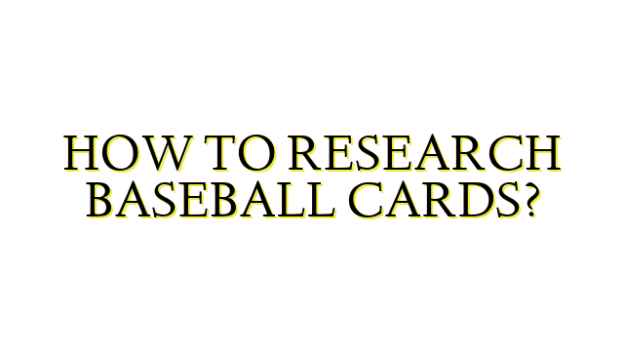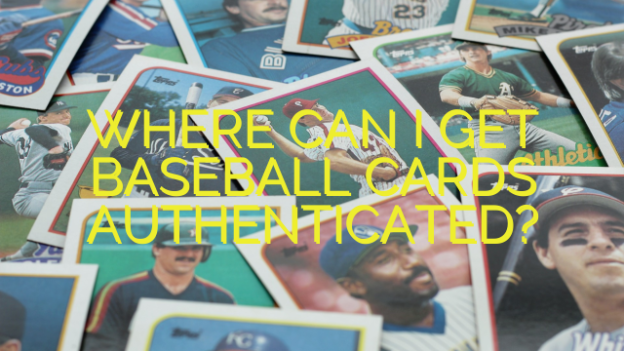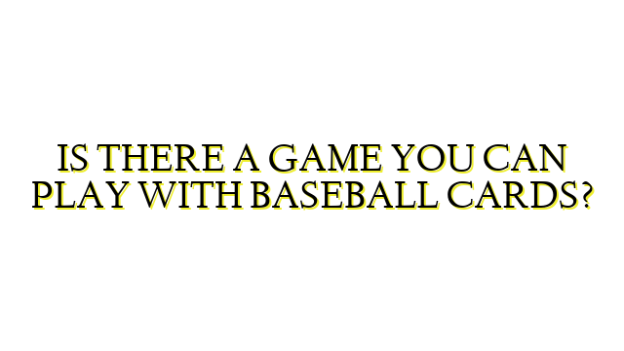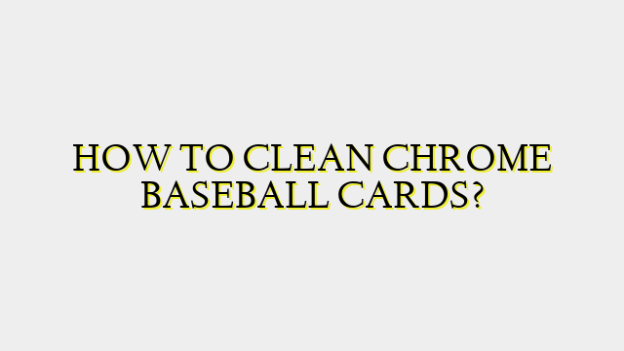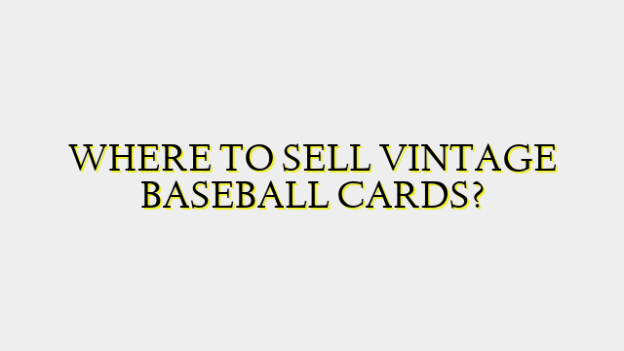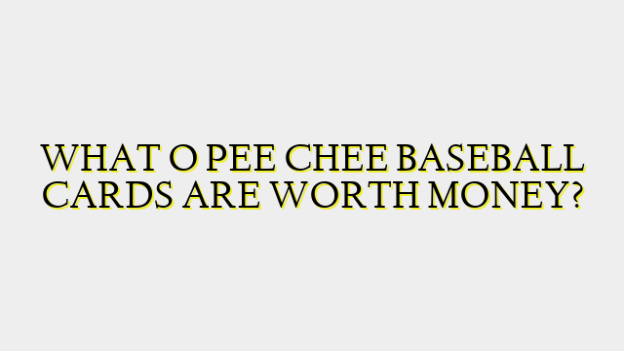Researching baseball cards can be an enjoyable and rewarding hobby. With a vast history spanning over 150 years, there is a lot of information to uncover about the players, teams, designs, and production details of various cards. Here are some tips for effectively researching baseball cards:
Gather Your Collection
The first step is to compile all the baseball cards you own or have access to for research purposes. Carefully organize them by year, set, player, team, and any other relevant categories. You may discover cards you didn’t know you had. Photograph or scan the front and back of each card to create a digital archive for future reference.
Identify Key Card Attributes
Take time to closely examine each card. Note important details like the company that produced it, the player’s team and position, any logos or graphics, the condition and size. The backs of older cards often have fascinating historical facts or statistical tables. Recording this metadata will help with research comparisons later on.
Learn Card Production History
Major card manufacturers like Topps, Bowman, Fleer all had distinct eras. Research when they held baseball card licenses, the sets they issued each year, special promotions, and discontinuations. Understanding the broader context of a card’s release date and manufacturer provides valuable background knowledge. Resources like Trading Card DB are excellent for charting production timelines.
Research Players and Teams
With the card in hand, dive into the player and team history associated with it. Search newspaper archives, MLB stats databases, vintage media like films and books to learn career paths, achievements, and cultural relevance during the card’s issue year. Cross-referencing card stats with historical records deepens your knowledge.
Study Card Design Evolution
Some early tobacco cards from the 1800s had crude illustrations while modern issues have intricate photography. Trace how artists’ styles, printing technologies, and marketing trends influenced baseball card aesthetics over decades. Take notes on innovations like the first color cards, use of action shots versus portraits, inclusion of statistics.
Consult Price Guides and Auction Data
Sites like PSA, Beckett, and eBay can show a card’s estimated value range based on its condition, scarcity, and demand from collectors. Reviewing recent auction sales of comparable or rare examples gives you a sense of true market valuations. But condition is key, so carefully grade your own cards for accuracy.
Join Collector Forums and Groups
Connecting with other hobbyists is one of the best ways to expand your research pool even further. Veteran collectors may own resources unavailable elsewhere or have deep institutional knowledge to share. Ask specific questions and take part in discussions to continuously add to your baseball card knowledge base over time in a fun, collaborative way.
Document Your Findings
As you gather intel from diverse sources, take thorough notes. Compile all research into organized digital files paired with high-quality scans of the actual cards. Over time, you’ll build an incredible personalized database poised to inform future projects like displays, publications, or even contributions to baseball historical records.
Card research requires patience but yields rich rewards about the historical, cultural, statistical and economic significance of these small works of art. Have fun exploring the stories behind your collection and the colorful past of America’s favorite pastime.

